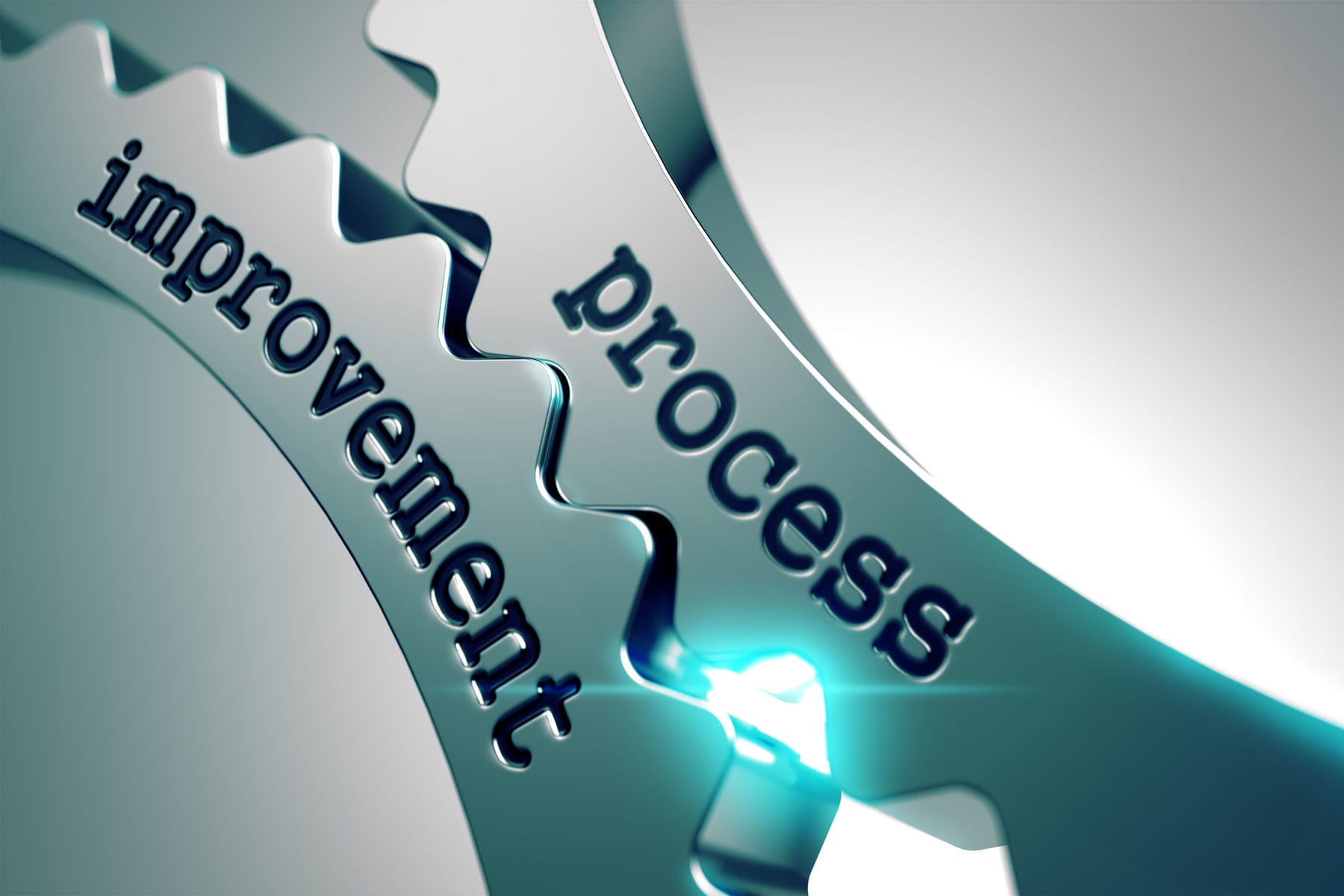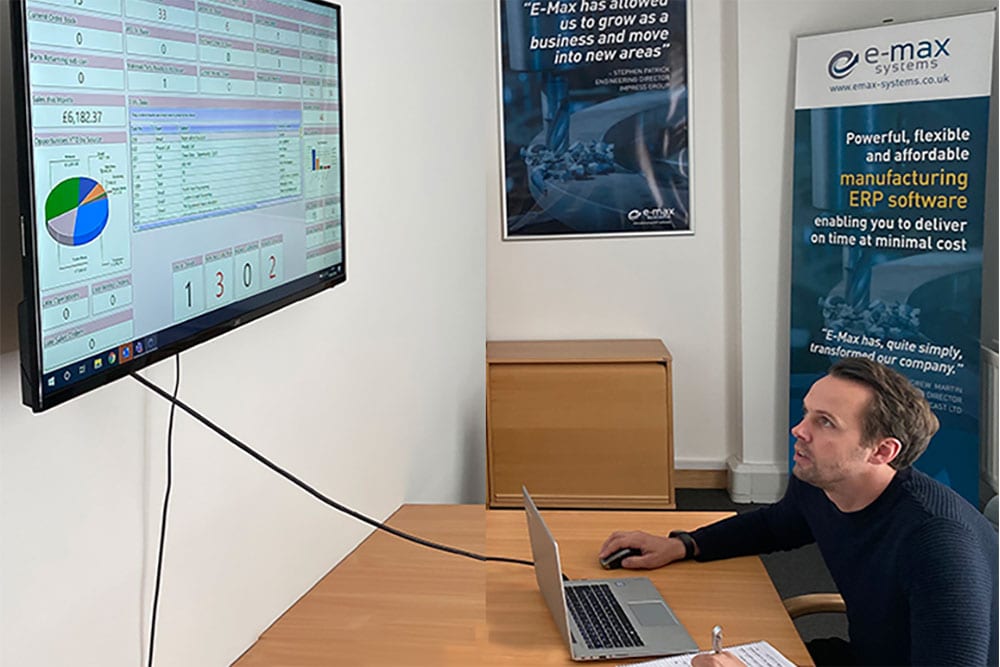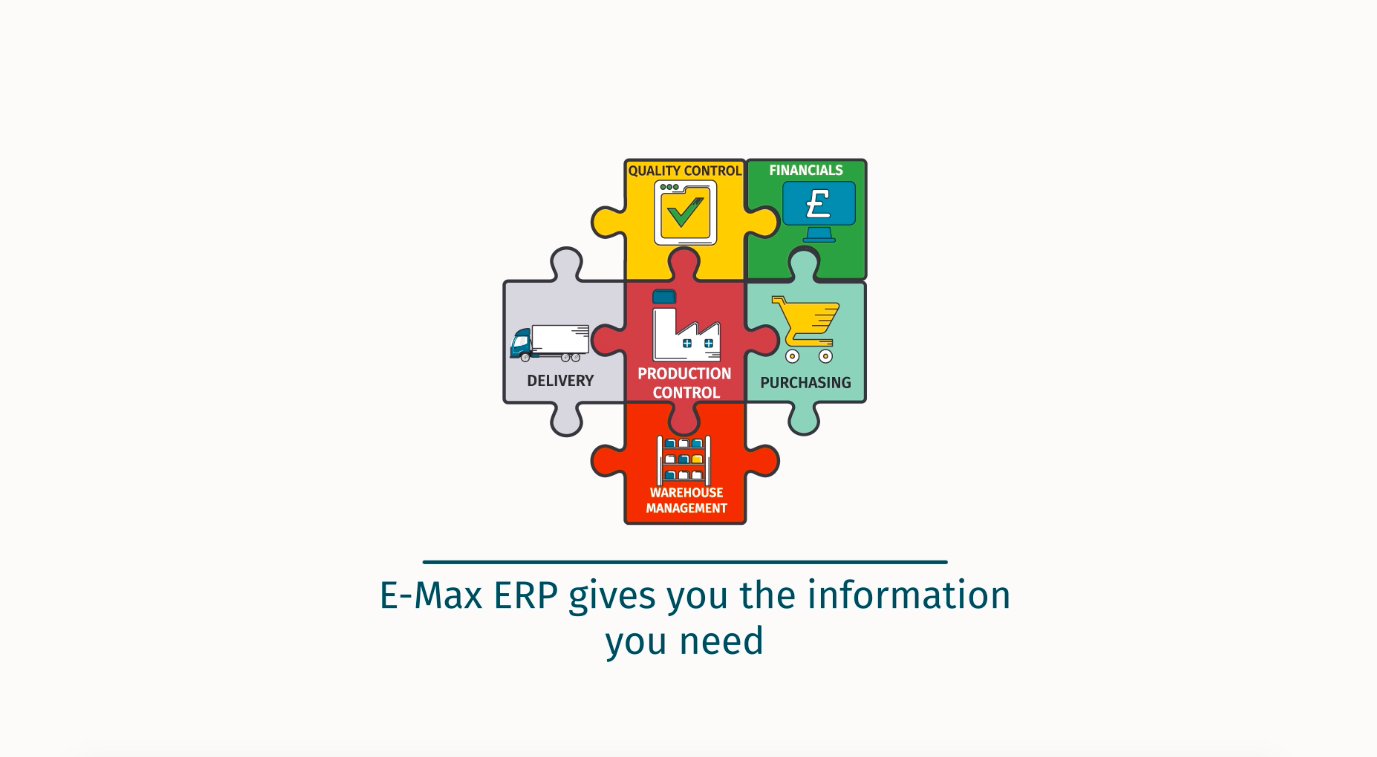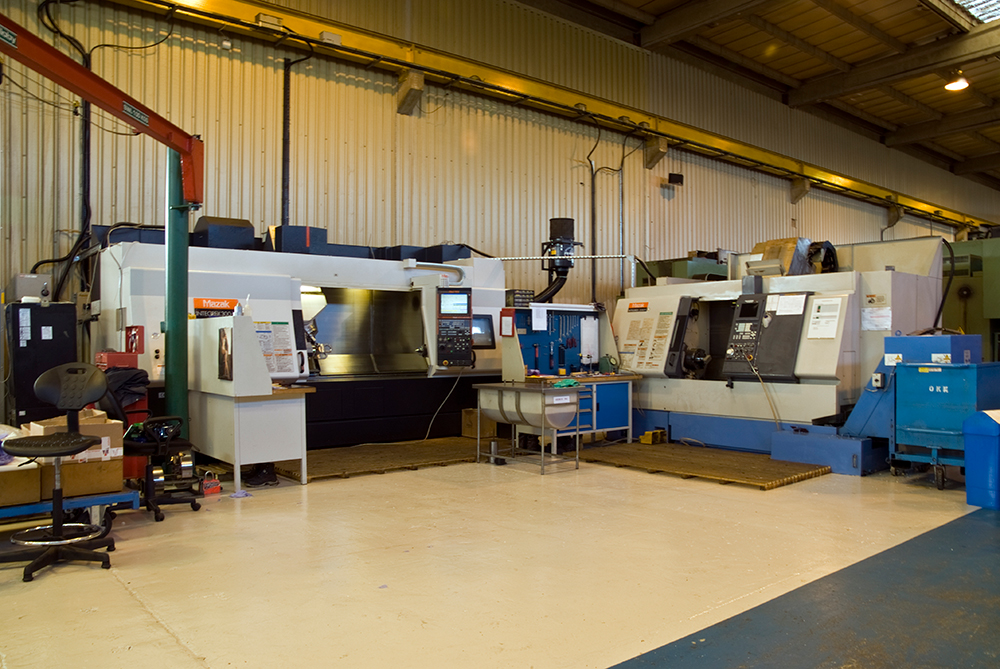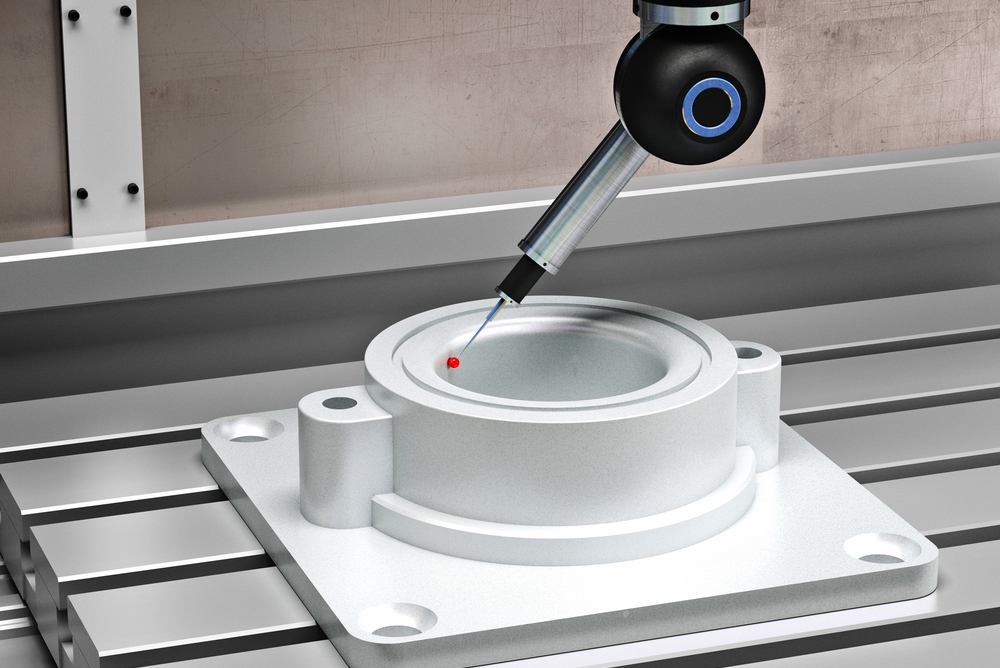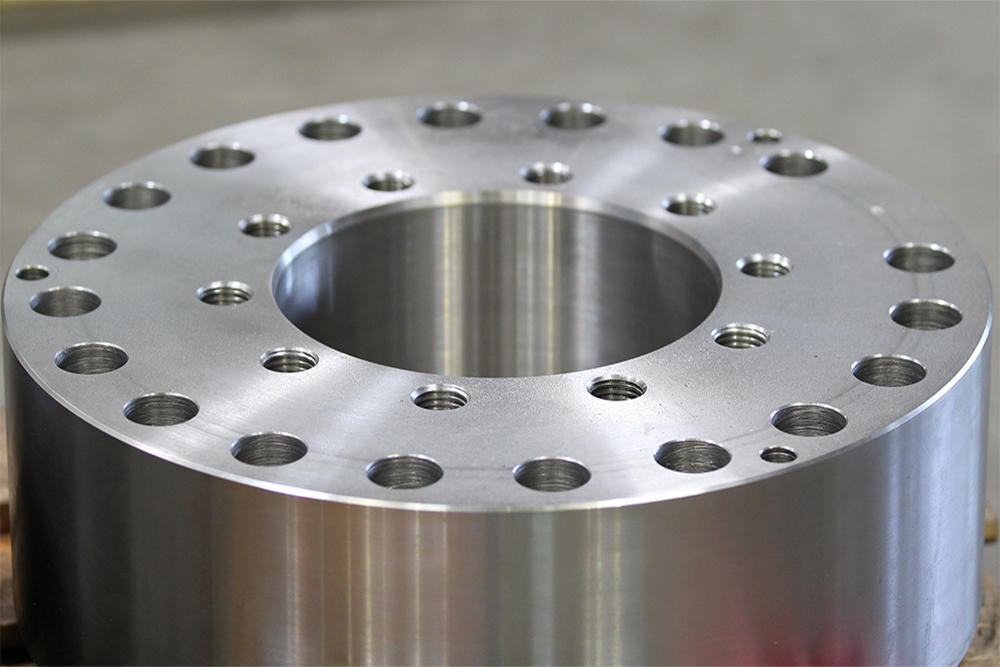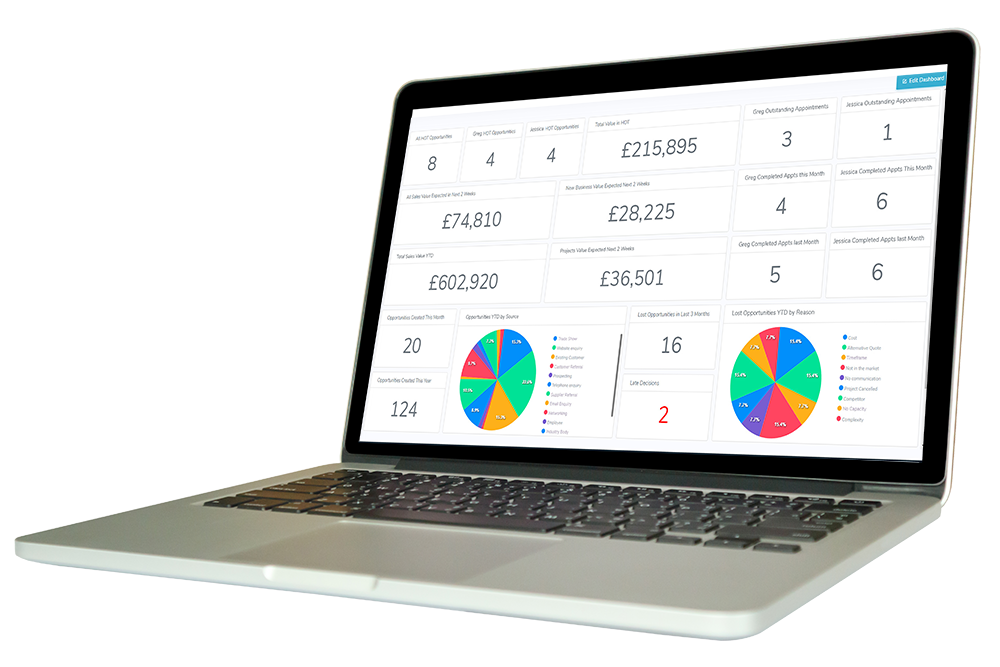EST-PLAN-ACT: Improving efficiency in manufacturing companies

Every organisation strives to maximise their efficiency mostly by either reducing the quantity or cost of the material or minimising the time spent in producing their final product. There are many ways to do this but it is vital that a company employs a suitable strategy to achieve optimal efficiency.
One obvious way of improving efficiency is to be constantly reducing the amount of time spent making, inspecting and packing the items on a customer order.
Minimising material usage can also be a worthwhile strategy but this depends on the volume and type of the finished product and the mode of manufacturing.
Most material savings are achieved in the production of volume products which tends to be done by larger organisations. Technically, these products are easier to make as the same processes are performed time and time again.
SMEs, especially those in the engineering sector, focus on products that tend to be made singly or in very small runs. This adds a level of complexity to their operating environment. It is no accident that there are very few larger organisations in this area as doing this well is very difficult. In this area materials constantly vary and because costs tend to be a fraction of overall process costs, the potential for significant savings are relatively slim.
So how can SMEs that manufacture bespoke or one-off jobs improve their efficiency? Our contention is that every company should conduct a more in depth analysis of their work than is typical today. Without effective systems in place, it can be difficult and time consuming to gather the necessary data, such as costs, resource allocated, production time, etc, and as a result, it is not always clear in which areas the company is underperforming.
In our experience, the time and difficulty of gathering meaningful data is one of the key roadblocks to companies becoming more efficient. Implementing an ERP system provides an ideal way of removing this issue. Data is held in one central location which makes analysis much easier.
Choosing the right data
To enable accurate analysis, the ERP software should be set up to capture all of the information used to:
- Build the original quote
- Plan the production and the purchasing when the order is received and
- Calculate the gross margin and contribution when the job is complete
Issues with building a quote
It is not uncommon to find that the estimating function within an SME is frequently overloaded, so developing faster ways to quote becomes essential. Often, the trade-off is between accuracy and speed to get the quote out of the door. Companies must measure the accuracy of these quotes as no business can survive long term making regular and occasionally costly mistakes. On the flip side, overpricing of items is equally as dangerous as underpricing as this increases the potential to lose good jobs to competitors.
Review and compare your costs
On order acceptance the Production/Planning department will review the job and check the expected production processes time and the current pricing of materials required. The expected cost of the product at this point is we term the Planned Costs.
The original quote should be compared against the cost and times of the job at order acceptance, ie the Planned Costs. At E-Max, we term this Sales Process Efficiency.
The job will then go into production. Once it has been completed, the Actual Costs are then captured and the Planned Costs compared with the Actual. We call this the Production Process Efficiency.
The final stage is to compare all of the cost data:
- the original quote (Es)
- the Planned Costs (Plan)
- the Actual Costs (Act)
The comparison between the costs at quote stage and the actual we call the Overall Process Efficiency.
Getting best results from ES-PLAN-ACT
Within the company, a Job Analyst function should be created. Depending on the size of the company, this role may be a specific job or be rolled into an existing role’s responsibilities. Its key task is to check and be responsible for the data provided by the Sales/Estimating, Planning and Production departments and produce the relevant reports.
A software package such as our E-Max ERP system will facilitate this analysis as all these functions are already incorporated into the system. We also recommend that someone outside Sales/Estimating, Planning or Production departments takes on the responsibility of reviewing jobs and reporting to management. We have seen good results when this responsibility has been assigned to the Quality Department.
There should be monthly or regular meeting between all these departments and the Job Analyst. Performance should be reviewed so discussions can take place on how to improve efficiency. The analyst should also report on and check the accuracy of the data being entered into the system.
Particular attention should be given to items that repeat. These are excellent indicators of how efficiency has improved over time whereas improvements in producing one off items only shows itself in improved margins and profitability. Thus on repeat jobs one can identify reductions in turning or say milling times over a period and hence get a better idea of the performance of individual processes within a company.
Benefits and observations of using ES-PLAN-ACT
Using ES-PLAN-ACT enables a company to determine where inefficiencies within the company may lie.
If a job has been underpriced at quote stage, it’s generally deemed to have been a bad job for the company. In actual fact, the production department may have performed efficiently and completed a part on budget even though it is made at a loss.
It is important for management to be clear that in this case the cause of this lack of profitability is identified as a sales issue and controls put in place to mitigate the problem.
Alternatively, poor production management can mean a competitively priced job becomes a loss maker for the company. ES-PLAN-ACT highlights the underperforming areas.
Conclusions
By using our ES-PLAN-ACT approach of comparing quoted, planned and actual costs and times, companies can get excellent control of their portfolio of jobs enabling controlled growth.
For more information on E-Max ERP software and how our ES-PLAN-ACT methodology has helped our customers gain greater efficiencies and competitive advantage, give us a call on tel://0808%20109%202035/">0808 109 2035 or drop us an email.









